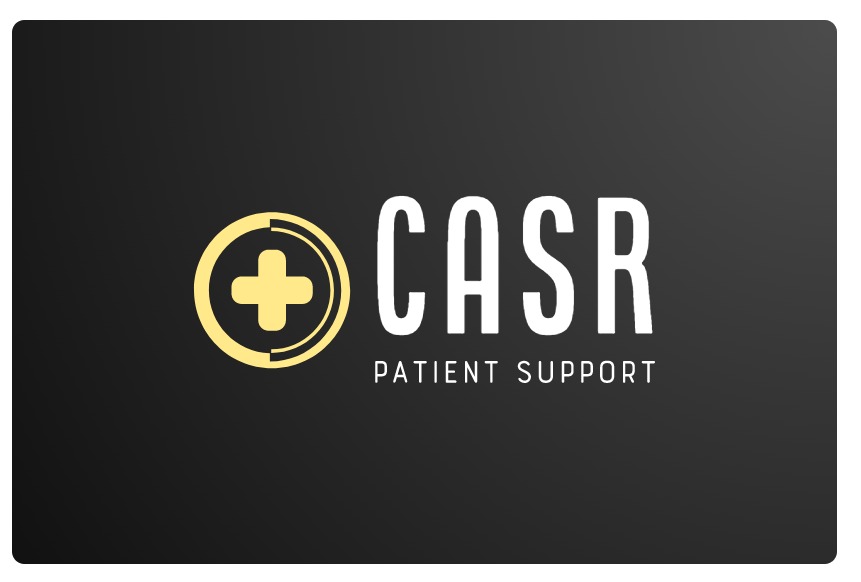Drug Approval Process in Australia
The drug approval process in A犀利士 ustralia is a rigorous and multi-step process that involves extensive testing and evaluation before a drug can be made available to the public. This process is overseen by the Therapeutic Goods Administration (TGA), which is responsible for regulating the quality, safety, and efficacy of all therapeutic goods in Australia, including drugs.
The following is a detailed overview of the drug approval process in Australia:
Step 1: Preclinical Testing
Before a drug can be tested on humans, it must undergo preclinical testing, which involves laboratory testing and animal studies to determine the safety and efficacy of the drug. The aim of this testing is to gather preliminary data on the potential benefits and risks of the drug, as well as its mechanism of action and potential side effects.
Step 2: Investigational New Drug (IND) Application
If preclinical testing yields positive results, the drug manufacturer can submit an Investigational New Drug (IND) application to the TGA, which outlines the proposed clinical trial design and provides data from preclinical testing. The TGA reviews the IND application to ensure that the proposed clinical trial is ethical, scientifically sound, and safe for human participants.
Step 3: Clinical Trials
Clinical trials are conducted in three phases, each with specific objectives and requirements:
Phase 1: This phase involves testing the drug on a small group of healthy volunteers to determine the safety, tolerability, and pharmacokinetics of the drug. The focus is on determining the maximum tolerated dose and potential side effects.
Phase 2: This phase involves testing the drug on a larger group of patients with the target disease to evaluate the safety and efficacy of the drug. The focus is on determining the optimal dose and assessing the drug’s efficacy in treating the target disease.
Phase 3: This phase involves testing the drug on a much larger group of patients with the target disease to confirm the safety and efficacy of the drug. The focus is on comparing the drug to existing treatments and assessing the long-term safety and efficacy of the drug.
Step 4: New Drug Application (NDA)
Once clinical trials are completed, the drug manufacturer can submit a New Drug Application (NDA) to the TGA, which provides detailed information on the safety, efficacy, and quality of the drug. The NDA includes data from preclinical testing, clinical trials, and manufacturing and quality control information.
Step 5: TGA Review
The TGA reviews the NDA to ensure that the drug is safe, effective, and of high quality. This involves a thorough evaluation of the data provided by the drug manufacturer, as well as an independent review of the data by expert committees.
Step 6: Approval
If the TGA is satisfied that the drug is safe, effective, and of high quality, it will grant approval for the drug to be marketed and sold in Australia.
This approval is subject to certain conditions, such as ongoing monitoring of the drug’s safety and efficacy.
Step 7: Post-Market Monitoring
Once a drug is approved for sale, it is subject to ongoing monitoring to ensure that it continues to be safe and effective. This includes monitoring of adverse drug reactions, ongoing clinical trials, and ongoing review of the drug’s safety and efficacy.
In summary, the drug approval process in Australia is a comprehensive and rigorous process that involves extensive testing and evaluation at every stage. This process ensures that only safe and effective drugs are made available to the public, and that ongoing monitoring is in place to ensure ongoing safety and efficacy.



